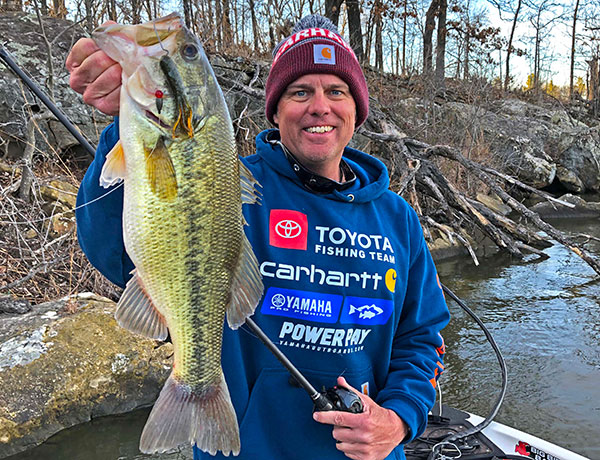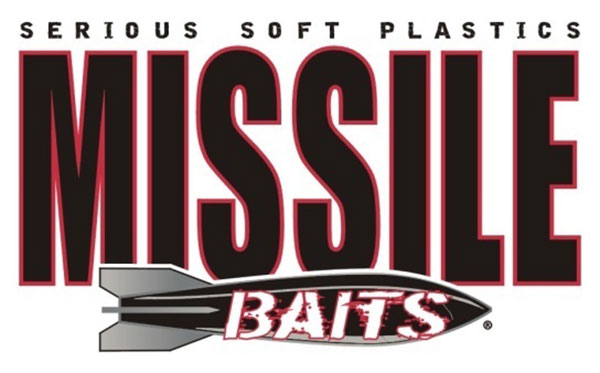- Details
By Al McGuckin
 Soft Plastic Tubes Still Charting Year-Round Hits for Flippers
Soft Plastic Tubes Still Charting Year-Round Hits for Flippers
The Garland brothers introduced the first tube to bass fishing in 1982, and for about the next 15 years it was used mostly as a finesse lure tied to spinning tackle in clear water, and around spawning beds.
Then, Arkansas’ Doug Garrett kinda let the cat out of the bag about the scary good effectiveness of pitching tubes to shallow habitat following his 1997 MegaBucks win with a 3.5” smoke red tube on stingy White Rock Lake in Dallas.
The next summer, legendary shallow water pitcher/flipper Denny Brauer won the 1998 Bassmaster Classic using a very similar 3.5” tube, and pitchin’ tubes launched skyward to a level of popularity on par with the last seven singles country singer Luke Combs has released.
- Details
Missile Baits Report
 Missile Baits
Missile Baits
Missile Baits is launching a new customer recognition program for big bass caught on Missile Baits and Missile Jigs called “Missile Records.”
The Missile Baits web site will host Missile Records. Missile will also share catches on one their various social media channels. Top 5 catches and more will be recorded and shown for each bait they sell on their web site.
Missile Baits owner and pro bass angler, John Crews said, “We get so many pics and stories about big bass caught on our baits that we could not keep track of what the biggest was. Missile Records is a totally unofficial way for us to have a bragging board for people to see what type of big bass each one of our baits catch. It is going to be fun to watch the entries as they come in!”
Missile Records will keep track of the 5 biggest bass plus the biggest smallmouth or spotted bass caught on each bait or jig. The weight is going to be on an honor system to show the scales or Missile will guestimate the weight from the picture. The records are not going to be official. Missile will not reward any prizes of value. It is all about the recognition of big bass being caught on each one of the lures that Missile Bait and Missile Jigs puts out.
Here’s the link: https://missilebaits.store/pages/big-bass-records
- Details
By Al McGuckin
 Zaldain Doesn’t Think Bass Read Textbooks
Zaldain Doesn’t Think Bass Read Textbooks
Chris Zaldain wasn’t sure he was cut out for college. So to give it a test run, he enrolled in a local community college. Then he won a boat in a tournament on Clear Lake soon after, and pretty much shelved textbooks forever to focus on a pro career.
Now one of the top professional anglers in the world, Zaldain is convinced bass don’t read text books either – especially as related to the post-spawn.
Now look, understandably, if you live near Montgomery, Alabama, where most bass spawn in late March, then you may be more prone to seek Zaldain’s post-spawn advice immediately, compared to a bass buster in Minneapolis, Minnesota where they don’t build beds until late May.





